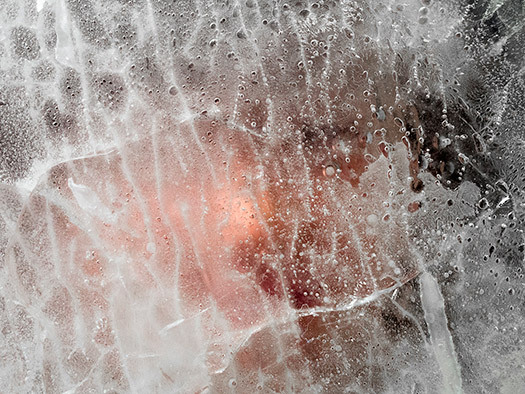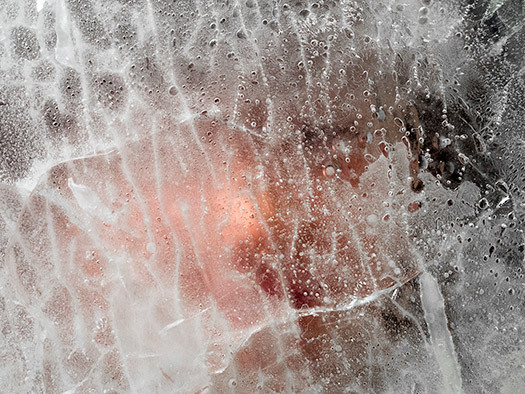School of Constructed Environments Faculty Create Architectural Fairy Tales

Last December, the Design Observer blog featured a series of architectural fairy tales designed by Parsons SCE faculty members Andrew Bernheimer, Jing Liu, Emily Abruzzo, and Gerald Bodziak.
Emily Abruzzo and Gerald Bodziak of design team, Abruzzo Bodziak, portrayed a Russian tale called “Snowflake,” which tells the story of a childless couple that build themselves a child out of snow. The couple lives happily with their new child until the spring, when the girl finally melts and disappears. Abruzzo and Bodziak retold this sad story by creating paper models of the snowy environment that the characters live in. The full Snowflake project and article can be found here.
Andrew Bernheimer of Bernheimer Architecture told the story of “The Little Match Girl” by Danish author, Hans Christian Andersen. This melancholy tale is about a girl from an impoverished family who has been sent out to sell matches. As she lights matches to keep warm in the dark, she sees comforting images: a hot stove, a goose that is ready to eat, a Christmas tree. After lighting her last match, she sees her grandmother who hugs her and brings her to a better place. Bernheimer’s imagery emphasizes his frustration with the ending of the story; he saw the death of the girl as a wasted life, not as a release. The full Little Match Girl project and article and be found here.
Jing Liu of Solid Objectives – Idenburg Liu (SO-IL) re-examined a lengthy Chinese tale from the 16th century. This tale, called “Monkey King,” is less of a story and more of a lengthy saga in which a monkey travels to the west. The monkey is able to change into other animals and things and has many remarkable adventures throughout the story, frequently outsmarting his enemies and making great discoveries. Jing Liu was especially captivated by the way space is portrayed in some of the stories. When the monkey is put under a spell, his surroundings become difficult to define. The story requires the reader to accept the character’s environment and space in more abstract terms. The full Monkey King project and article can be found here.
